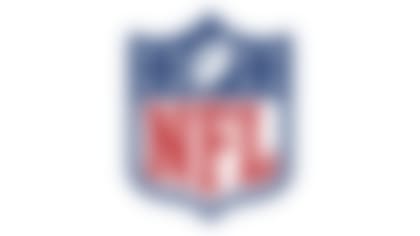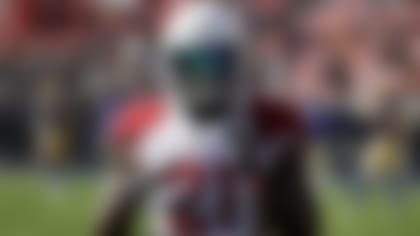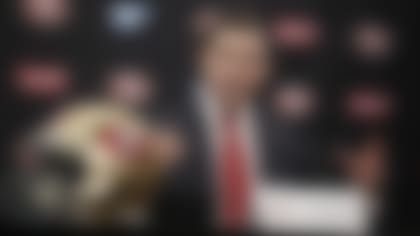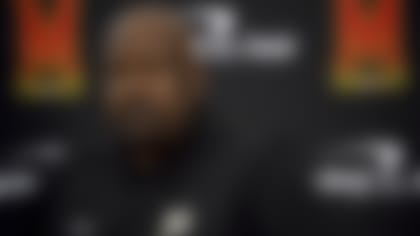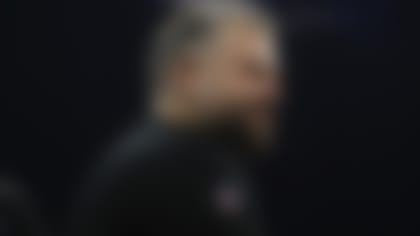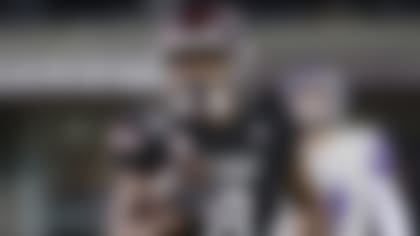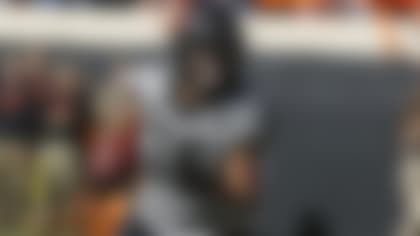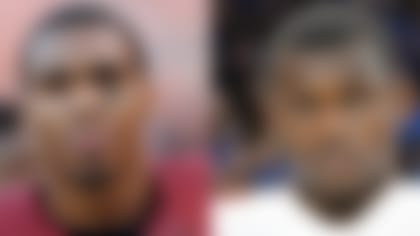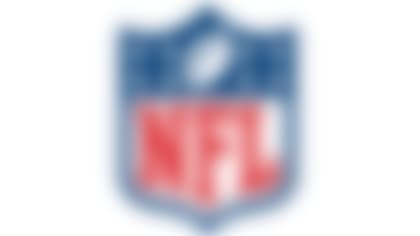A federal judge in Philadelphia ordered the NFL and the former players suing the league over concussion-related injuries to enter into mediation and work toward a settlement on Monday.
The number of plaintiffs in the case has risen to approximately 5,000, spread among about 250 lawsuits.
U.S. District Judge Anita Brody planned to rule on the NFL's motion to dismiss the case on July 22. Her decision to move the case to mediation likely signals a belief that a settlement is possible with continued negotiations.
Brody appointed retired U.S. District Judge Layn Phillips as the mediator in the case and ordered that Phillips report back to her on September 3 with the results of the mediation. Brody also said she will not rule on the league's motion to dismiss before then, and she placed a gag order on both parties.
"We respect and will comply with the court's order regarding mediation and will be available to meet with Judge Phillips at his direction," NFL spokesman Greg Aiello said in a statement provided to NFL.com and NFL Network.
The Associated Press reported that the Plaintiffs' Executive Committee vowed the former players will "follow the court's directive."
Phillips first will jointly meet with the lead counsel for both parties, with each giving a presentation on the merits of their case and reasons why the other side's case doesn't hold up. From there, Phillips will go back and forth individually meeting with each side and try -- through that process and without divulging any information gathered from one side to the other -- to create a situation where a deal can be struck.
The mediator's power is non-binding, so either party could simply stop cooperating if the process isn't going to its liking and force the case back to court.
When Phillips reports back to Brody, a proposal could be made, a request for more time to negotiate could be logged or the mediator simply could tell the judge it didn't work out and send the case back to her. If the case goes back to the court, Brody could move forward ruling on the league's motion, try to otherwise motivate settlement talks or open some level of discovery. If she rules on the NFL's motion, that could lead to the league being forced to open its files, the case being thrown out or the case being moved to arbitration.
Brody heard arguments on the NFL's motion to dismiss on April 9.
Then, players lawyer David Frederick accused the league of concealing science on the effects of concussions, and NFL lawyer Paul Clement argued that health and safety measures are covered by the collective bargaining agreement and the individual teams, players' union and the players bear responsibility as well. Brody took the unusual measure of setting a date to rule on the NFL's motion, which some involved in the case believed was a method of trying to push settlement talks between the league and the former players.
Follow Albert Breer on Twitter @AlbertBreer.
